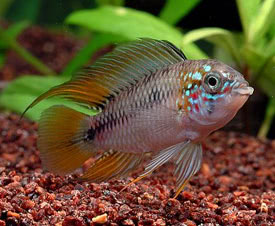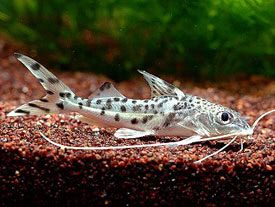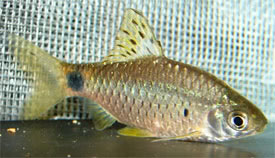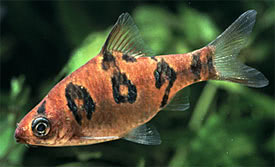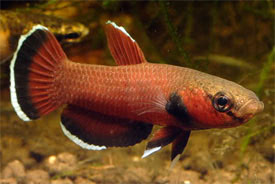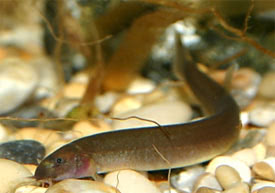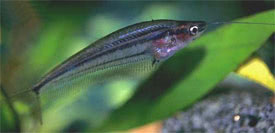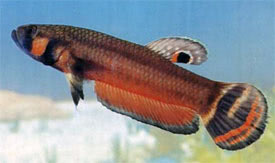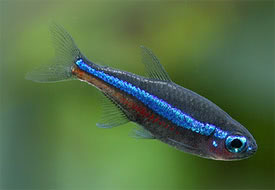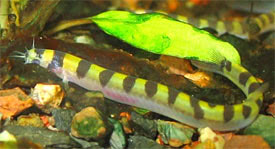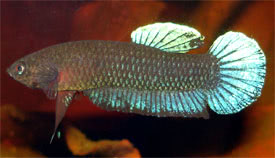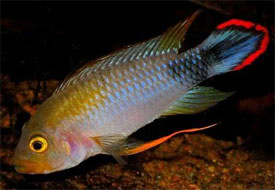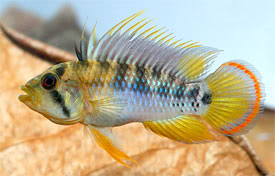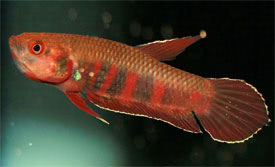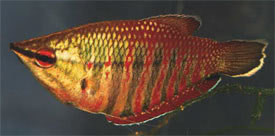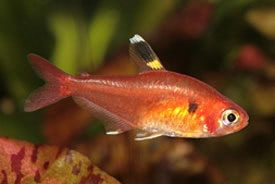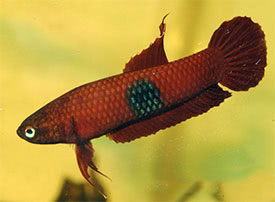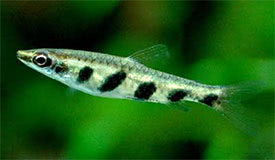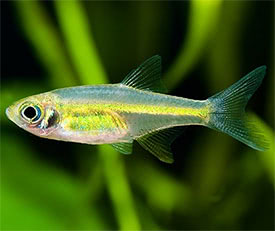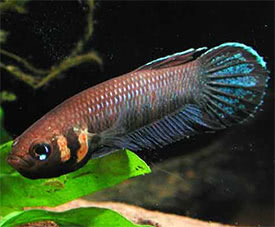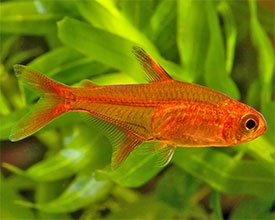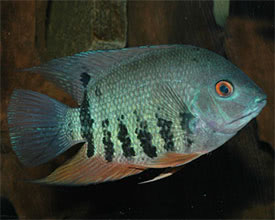
 Magyarul / Hungarian
Magyarul / Hungarian



- Scientific name: Boraras maculatus
- Synonyms: Rasbora maculata (Duncker, 1904)
- Common name: Dwarf Rasbora
- Group: Cyprinids
- Distribution: Asia; Malay Peninsula, Sumatra, Indonesia.
- Size: 2-2,5 cm
- Biotope: Inhabits small black water streams ponds and peat swamps. These waters are often dimly-lit due to the forest canopy above, and have leaf-litter on the bottom.
- Social behavior: A very peaceful and shy schooling rasbora, but because of its small size it is not an ideal community fish. It is best to keep them alone or with other small species in a small aquarium. Though small it still needs space to swim and dominant males will form temporary territories when spawning. Always keep them in a group!
- Diet: Omnivorous; in nature it eats small insects and worms. In the aquarium it will accept live, frozen and flake foods too.
- Breeding: Quite easy
- Tank: Minimum 30 litres
- Population: 8-10 fish for 40 litres
- Decoration: The tank should be densely-planted with some floating plants to diffuse the lighting. The substrate can be dark gravel or sand. The addition of dried oak leaf litter further emphasises the natural feel.
- Temperature: 20-28 °C
- pH: 4.0-6.5
- Hardness: 1.0-8.0 dGH
- Lifespan: 3-5 years
Sexually mature females have rounder-bellies, often a little larger, and less colorful than males.
Like many small cyprinids this species is an egg-scatterer that exhibits no parental care after laying the eggs. In a heavily-planted aquarium where there are both males and females, a relatively small numbers of fry may start to appear without any human intervention, but if you want to increase the yield of fry a separate breeding tank should be used. For breeding a 10-15 litres aquarium is enough. The tank should be decorated with few clumps of fine-leaved aquarium plants, such as Java Moss, or another option is to use some kind of mesh with a large enough grade so the eggs can fall through it and can protect the eggs from the adults. Use peat filtered very soft (1-5 dGH°), acidic (pH 5-6,5) water with a temperature of 27-29 °C. Two or three pairs of well-conditioned adult fish should then be introduced to the container. The breeding pairs should be left in the aquarium for a couple of days as spawning should continue on a daily basis. After a few days, when the eggs start to appear, the parents should be removed from the aquarium. The eggs hatch in 24-36 hours, and the larvae become free-swimming after another 24 hours. The tiny fry can be fed with microscopic foods or liquid fry foods. The fry are very small, but they gow quickly.
https://www.fishbase.se/summary/10879
https://www.seriouslyfish.com/species/boraras-maculatus
http://animal-world.com/encyclo/fresh/cyprinids/DwarfRasbora.php
http://www.tfhmagazine.com/details/fish-of-the-month/boraras-maculatus.htm
















